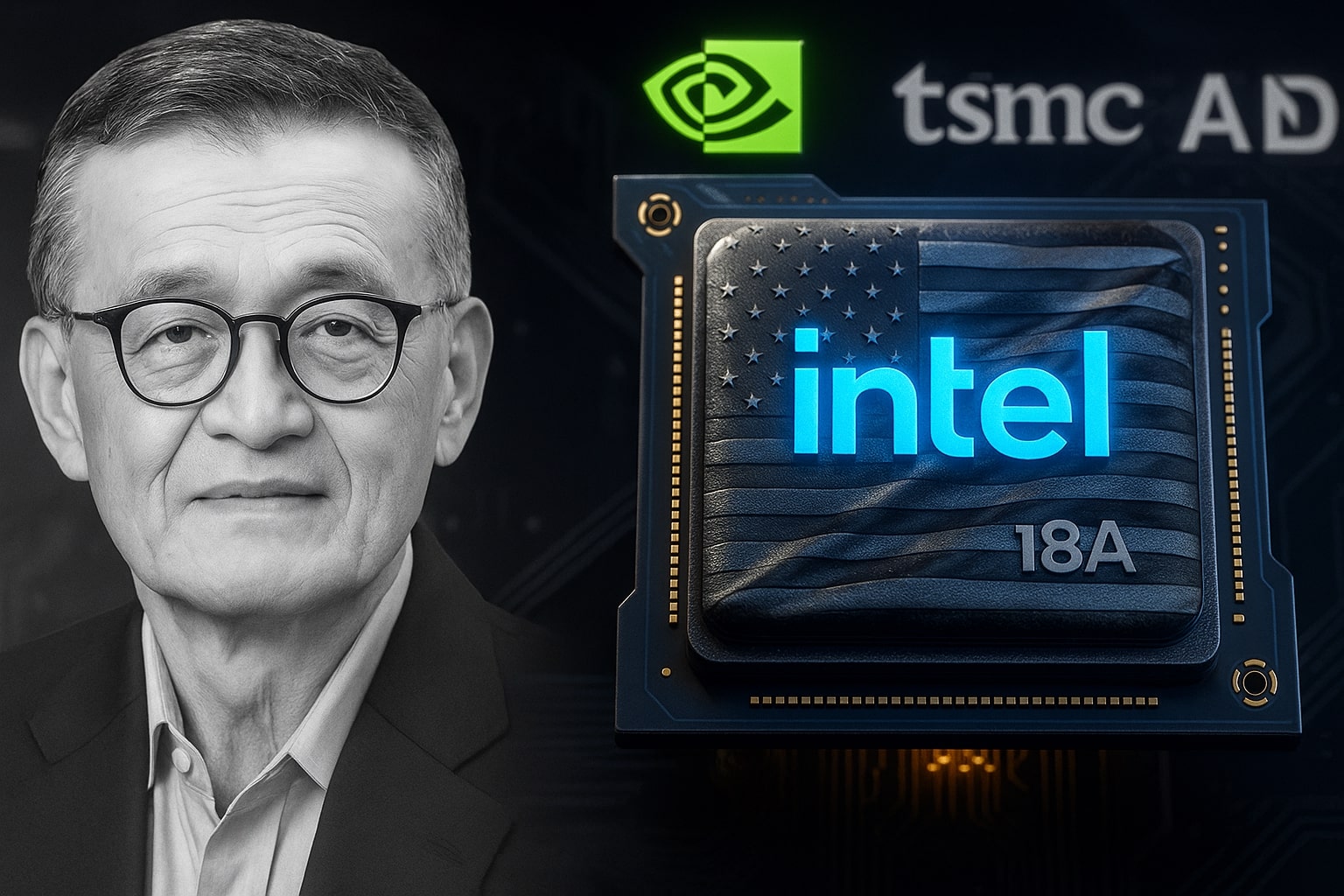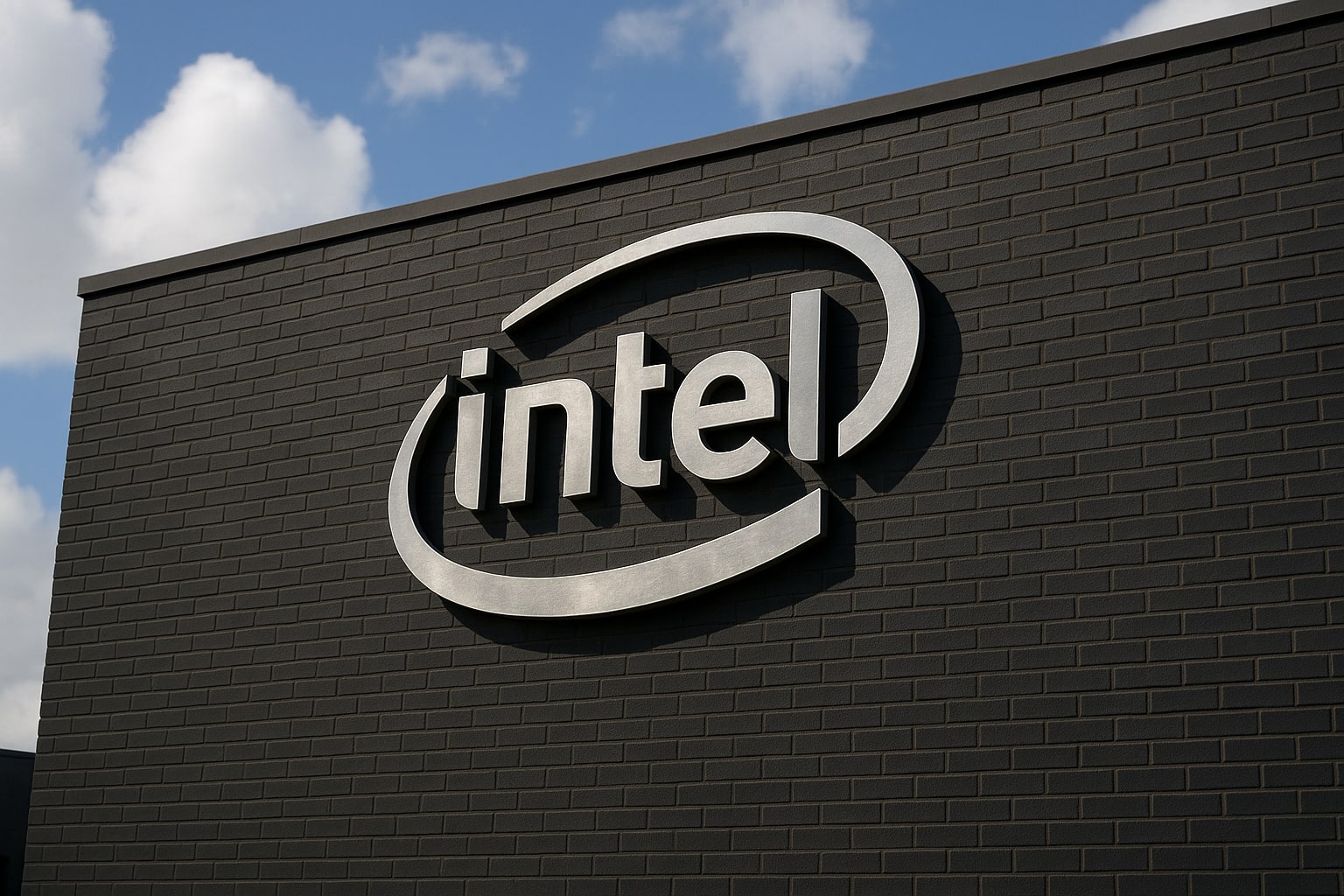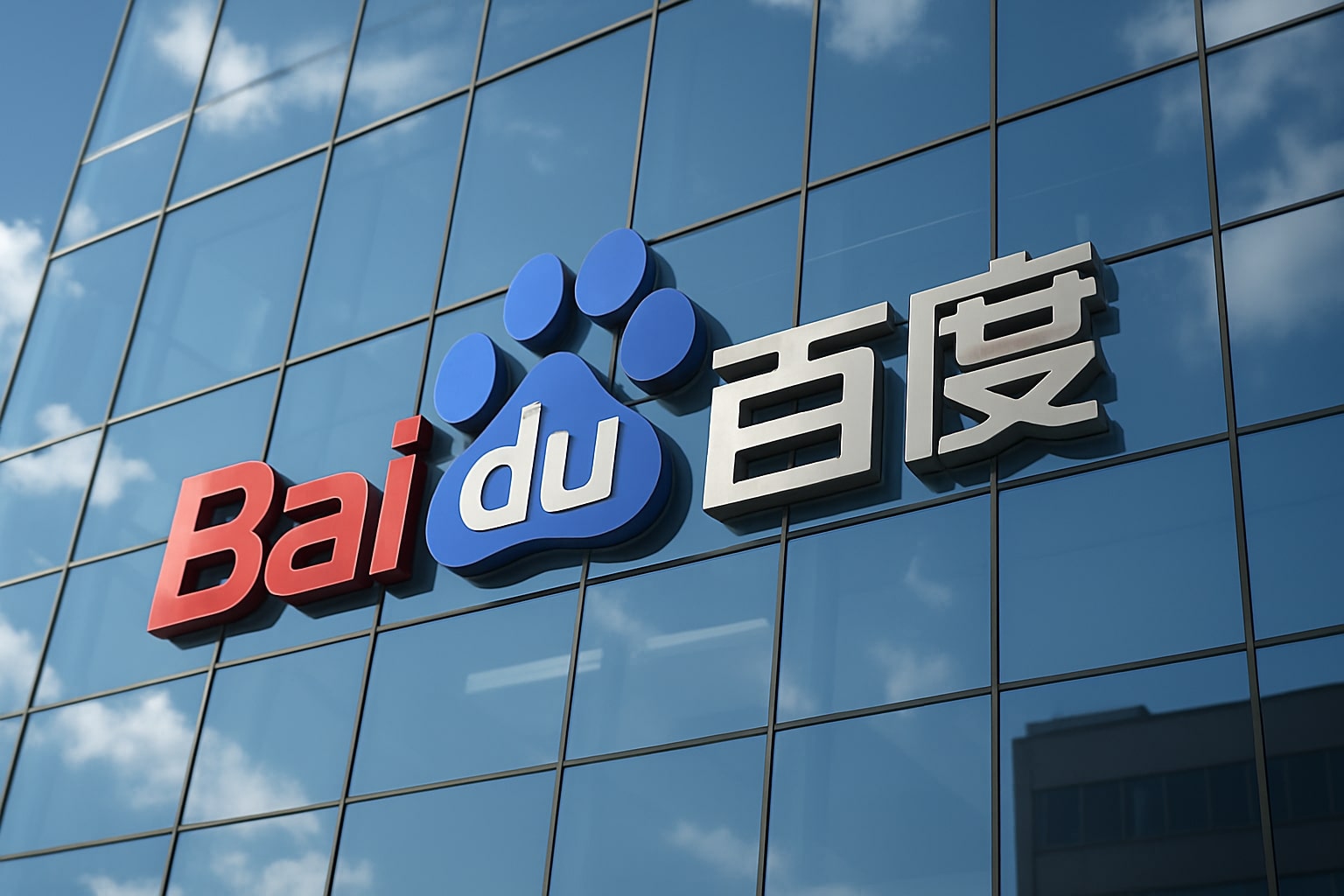
Intel Stock Price Forecast - INTC Jumps to $34.74 as AI Deals Drive Upside Potential
Intel (NASDAQ:INTC) gains momentum on AI growth, Nvidia’s backing, and U.S. support—setting sights on $48 within a year | That's TradingNEWS
Intel Stock Price Forecast - (INTC) Pushes Toward AI Leadership With Strategic Overhaul And Renewed Market Momentum
Intel Corporation (NASDAQ:INTC) is navigating one of the most critical transitions in its history, regaining investor confidence as its share price hovers near $34.74, up more than 70% year-to-date, after a prolonged period of competitive pressure from AMD, NVIDIA, and ARM. The company’s latest quarterly results show a gradual operational recovery, with the data center and client computing units stabilizing and profitability returning after years of contraction. Intel’s restructuring under CEO Lip-Bu Tan is marked by an aggressive focus on execution, capital discipline, and partnerships that directly link the company’s future to the global AI infrastructure buildout.
Revenue Expansion Supported By AI-Driven Demand And Strategic Realignment
Intel reported $13.7 billion in revenue for Q3 2025, exceeding expectations and marking a 3% year-over-year increase. The Client Computing Group (CCG) generated $8.53 billion, up 4.5%, as AI-enabled PCs gained momentum with Lunar Lake and Core Ultra processors leading the refresh cycle. Meanwhile, the Data Center and AI (DCAI) division recorded $4.18 billion in revenue, nearly flat compared to the prior year but showing signs of sequential improvement as hyperscalers integrate Intel’s Xeon 6 CPUs optimized for lower power consumption. The Intel Foundry segment delivered $4.23 billion, reflecting a temporary 2.4% decline, as the company continues to recalibrate capacity and introduce its advanced 18A process for high-density computing.
Operating Margin Rebound Highlights Cost Control And Pricing Strength
Gross margin expanded to 38.22%, a significant improvement from last year’s 14%, driven by improved product mix and reduced write-downs from excess inventory. Operating income rose sharply to $683 million, reversing a $9 billion loss in 2024, signaling that Intel’s cost-cutting measures—including workforce reductions exceeding 35,000 jobs—are delivering measurable results. Net income swung to $4.27 billion, largely supported by a $5.7 billion U.S. government subsidy under the CHIPS Act, designed to strengthen domestic semiconductor manufacturing. Even after adjusting for this one-time inflow, Intel’s profitability metrics show clear momentum, confirming that the turnaround is grounded in sustainable improvements rather than accounting artifacts.
Balance Sheet Stability And Free Cash Flow Recovery Strengthen Outlook
Intel’s liquidity profile improved substantially, ending Q3 with $11.14 billion in cash and equivalents and $204.5 billion in total assets, offset by $44 billion in debt. Free cash flow turned positive at $896 million, reversing a $2.7 billion outflow a year earlier. This financial stability provides the company with the flexibility to fund next-generation fabs in Ohio, Malaysia, and Vietnam, where expansion timelines were recently revised to align with confirmed customer demand rather than speculative capacity buildouts. The company’s 1.42x forward price-to-book ratio, roughly 65% below the sector median, underscores deep investor skepticism—but also implies substantial upside if Intel delivers consistent execution in 2026.
18A Process And Product Innovation Define Intel’s Competitive Re-Entry
Intel’s manufacturing roadmap centers on the 18A process technology, promising a 30% density improvement and 15% better performance-per-watt than Intel 3 architecture. The first wave of 18A-based products includes Panther Lake for client devices and Clearwater Forest for servers, expected to enter volume production in late 2025 and early 2026, respectively. Panther Lake, branded as Core Ultra Series 3, integrates Intel’s new Xe3 GPU engine delivering 50% faster graphics performance, while Clearwater Forest aims to challenge AMD’s EPYC dominance in cloud infrastructure. Successful ramp-up of 18A is critical for Intel to reclaim leadership in process technology and win back high-margin foundry contracts currently dominated by TSMC.
Nvidia Partnership And External Funding Reshape Strategic Position
A transformative catalyst emerged in September 2025, when NVIDIA (NASDAQ:NVDA) announced a $5 billion equity investment in Intel at $23.28 per share, accompanied by a multi-year collaboration to co-develop data center and PC chips using NVLink and Intel’s x86 architecture. This partnership effectively repositions Intel as a key manufacturing partner for Nvidia’s AI platforms while validating the competitiveness of Intel’s advanced packaging capabilities. The U.S. government’s $8.9 billion CHIPS Act investment and SoftBank’s $2 billion stake further enhance the company’s capital base, allowing Intel to scale manufacturing without overleveraging. These moves represent strategic endorsements rarely extended to legacy semiconductor firms, signaling growing confidence in Intel’s long-term industrial importance.
Segment-Level Insights Show Mixed Momentum But Improving Profit Mix
While the Data Center and AI Group remains Intel’s most challenged segment, the company’s AI monetization is beginning to take form. DCAI’s 23.4% operating margin, up 14.2 points year-over-year, reflects improving scale efficiency as adoption of Xeon 6 CPUs expands across enterprise clients. The Client Computing Group benefits from demand for AI-integrated notebooks, driving sustained ASP growth of +8% QoQ. Foundry operations, though still in the red with over $11 billion in cumulative losses across nine months of 2025, are expected to narrow deficits as external customers, including Synopsys (NASDAQ:SNPS) and potential automotive clients, begin utilizing Intel’s packaging and prototyping services.
Read More
-
SCHD ETF Price at $27: Can SCHD’s 4% Yield and 9.15% Dividend Growth Beat High-Yield Covered Call ETFs?
15.12.2025 · TradingNEWS ArchiveStocks
-
XRP ETFs Close on $1B Inflows as XRPI at $10.92 and XRPR at $15.52 Hit 52-Week Lows
15.12.2025 · TradingNEWS ArchiveCrypto
-
Natural Gas Price Forecast: NG=F Holds the $4 Floor as Oversupply Clashes with 2026 LNG Demand
15.12.2025 · TradingNEWS ArchiveCommodities
-
USD/JPY Price Forecast - Dollar to Yen At 155: Yen Strength Builds As BoJ Hike And NFP Collide
15.12.2025 · TradingNEWS ArchiveForex
Market Performance, Valuation, And Technical Context
Intel stock trades near $34.74, within a 52-week range of $17.67–$42.47, supported by rising volume and stabilizing investor sentiment. The forward EV/Sales ratio of 3.71x and non-GAAP P/E of 38.6x remain below peers like AMD (11.7x), NVIDIA (22x), and ARM (30x), suggesting considerable upside if Intel sustains operational improvement. Despite this, short-term guidance remains conservative: Q4 revenue is projected between $12.8–$13.8 billion, gross margin around 36.5%, and adjusted EPS of $0.08, indicating temporary stagnation before the 18A production ramp. The near-term trajectory implies a sideways trading bias in the $33–$37 band before potential reacceleration in early 2026 as capacity expansion matures.
Final Market Stance On NASDAQ:INTC
Intel’s turnaround is no longer theoretical—it is materializing through measurable margin recovery, government funding, and industry partnerships that restore relevance in the AI value chain. With the stock trading below intrinsic value multiples and supported by an expanding technological moat in AI-integrated CPUs and manufacturing innovation, Intel (NASDAQ:INTC) stands at a pivotal inflection point. While execution risk remains tied to 18A rollout and foundry profitability, the asymmetric risk-reward profile supports a Buy rating, with an upside potential toward $45–$48 over the next twelve months, representing roughly 35% appreciation from current levels.


















